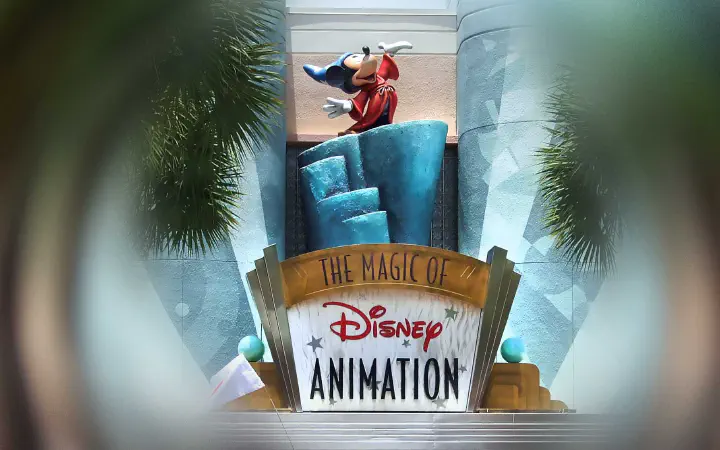Do you know where your donors or, where your clients or where your customers are experiencing friction when they are interacting with your organization? Let’s look at a vital tool that will help bring clarity to how your customers interact with your organization and provide clear insights into where you can dial it up a notch.
Customer Journey Map
A customer journey map is a visual tool that highlights the steps a customer goes through when using your product or service. It helps you to visualize the experience of your customers and how they interact with different aspects of your product/service. It can help you identify important moments in the customer experience, as well as opportunities to deliver above and beyond at just the right moments.
Start by observing real customer interactions
It’s important to talk to a lot of customers and observe the customer journey before you start mapping it. This is because no one knows a customer’s journey better than the customers themselves.
It would be a great idea to make sure that customer journey maps are informed by observational research, instead of just your intuition. Customer journey maps will be more accurate and relevant if they are based on the input from real customers.
There are two key ways to collect insights for your customer journey map - observational research and qualitative research.
Observational research is an interview-free way of building empathy with the customer. You get a chance to observe how they interact with your product or service, and you can use these observations to guide your next steps in designing your customer journey map. Qualitative research can be done through interviews, surveys, or focus groups. It helps you understand what customers want and why they want it.
Many companies stop at one type of research because it’s faster or easier, but combining both types of research will give you the best chance at truly understanding what customers want from your product or service.
Here are a few simple ways you can begin gathering data
- Observe customers. Watch what they do. Record how, when, where, why they interact with the specific aspects of your organization.
- Get comfortable with analytics. Observe click paths and UX engagement metrics.
- Screenshare as your customers work. Watch how they get the job done.
- Invite customers to document their experiences. Provide a simple way for customers to capture their own experiences and share them with you.
It is necessary to identify which moments in the customer journey are important to the experience. Personas are an excellent way to understand which moments are truly important.
Personas help us create a clear understanding of who our customers are and what they want. This enables us to build effective, delightful, and meaningful experiences that resonate with the right people. If done correctly, personas help us identify the moments when customers need that extra special attention from your organization.
Quantifying the customer journey is key. It simplifies everything and gives you a clear path on how to manage performance. It enables you to systematically make it better by identifying where the pain points and friction are.
Visualizing the customer journey is a technique that helps businesses to align their organizational efforts with the needs of the customer.
The process starts by identifying all of the moments and interactions that customers have with your company. Once these moments are identified, it is very important to prioritize them in order to identify which moments are most important for your business. Once you know which moments are most important, you can start aligning your team towards serving the right moments and prioritizing customer needs.
Visualizing a customer’s journey will help any business to grow because it provides an understanding of what customers need from every touchpoint and how they interact with your company.
You now have the basics you need in order to start building your own customer journey map! I’ve been helping organizations build their customer journey maps for years. If you get stuck, reach out and I’d be happy to help you gain a better understanding of your customers and how you can serve them better.
Photo by Sandeep Singh on Unsplash




